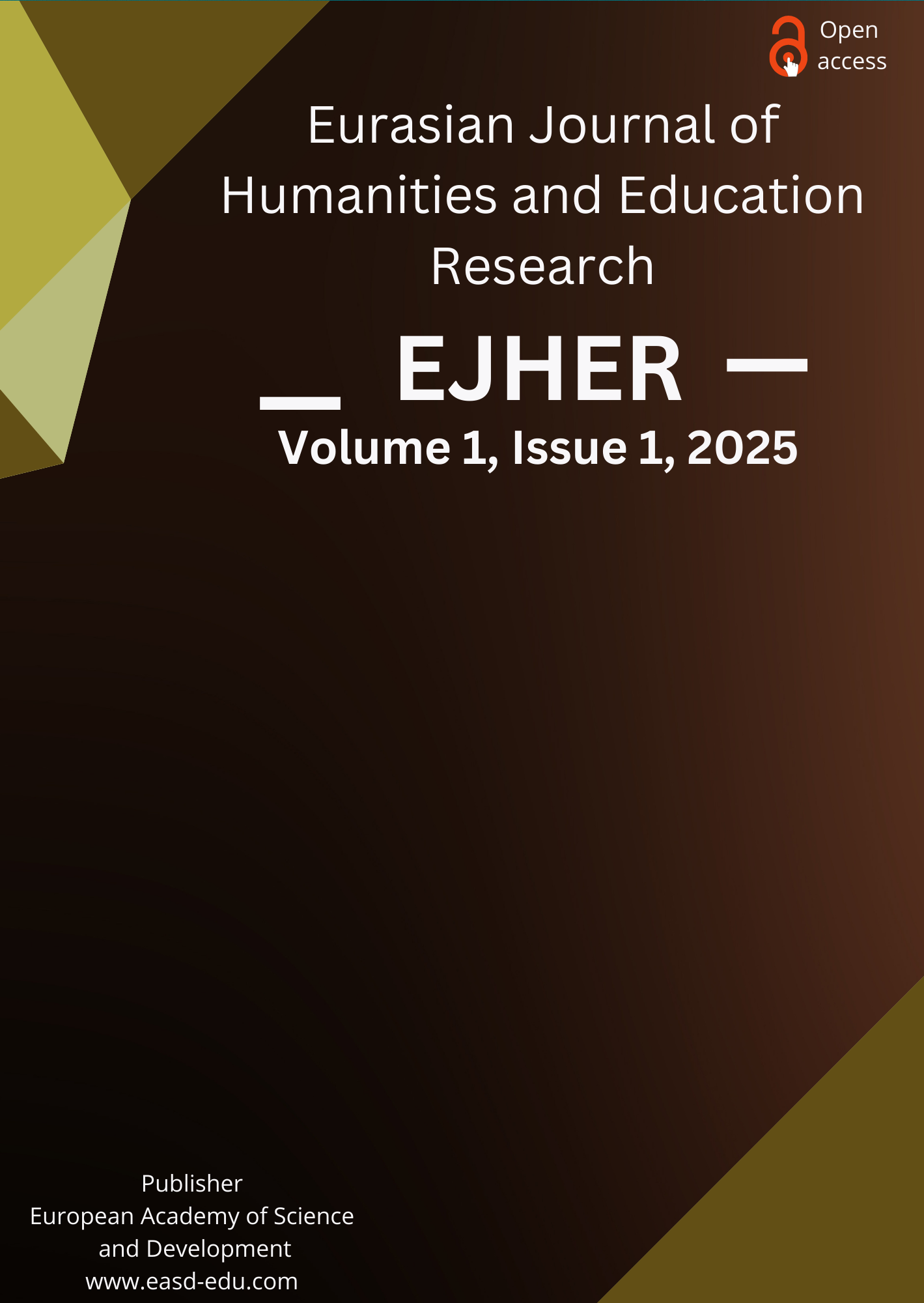Mathematical Models for Multi-Strain Infectious Disease Spread: A Case Study Approach
Keywords:
multi-strain models, infectious disease, cross-immunity, mutation, antigenic drift, public health interventions,, vaccine strategy, disease dynamics, dengue, influenza, COVID-19 variantsAbstract
The spread of multi-strain infectious diseases presents unique challenges for public health due to the complex interactions between different strains, cross-immunity, mutation rates, and strain evolution. This paper explores the role of mathematical models in understanding and managing multi-strain diseases such as influenza, dengue, and COVID-19. These models provide critical insights into disease dynamics, guiding vaccination strategies, resource allocation, and public health interventions. By incorporating factors such as cross-immunity, antigenic drift, mutation rates, and stochastic events, multi-strain models offer more accurate predictions of outbreaks and allow for targeted responses to evolving pathogens. Case studies, including Influenza A, dengue fever, and COVID-19 variants, demonstrate the practical application of these models in anticipating strain dominance, designing vaccines, and implementing effective public health policies. This paper highlights the importance of refining multi-strain models to improve global preparedness for future epidemics and pandemics, stressing the need for continuous surveillance, data integration, and international collaboration to mitigate the spread of multi-strain infectious diseases.





